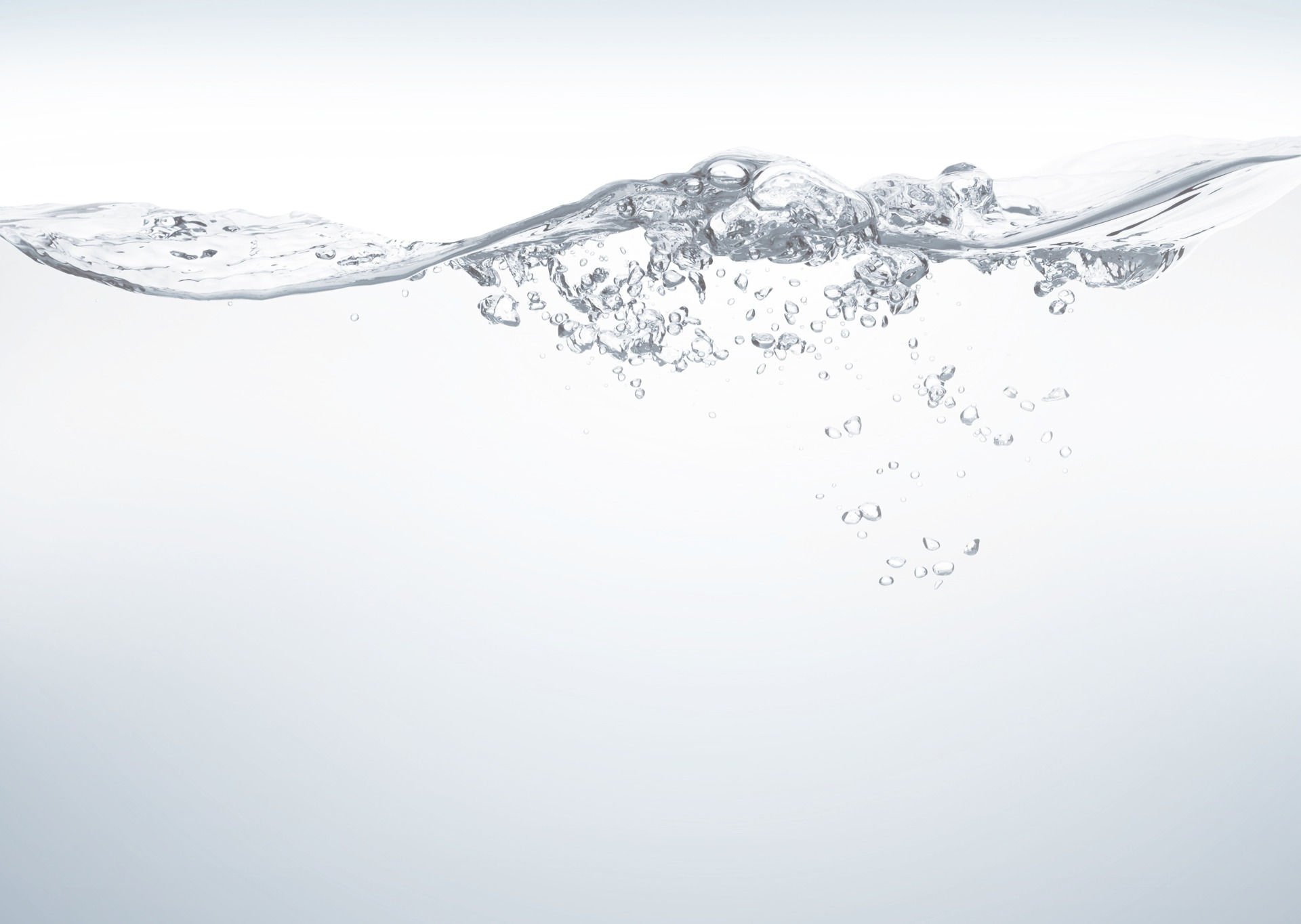
Micro Turbines
Although there is no exact classification for the sizes of hydro schemes Table 1 gives a rough guide. (15)
Classification of hydro sizes for use in this report.

Using a parallel branch two types of turbine are generally used for this method: Francis turbines and PATs. These operate in a similar manner as both are reaction turbines. Generally, when deciding which to operate the deciding factors are flow conditions and cost. The Francis turbine is a more complex and expensive option but operates well within a larger range of flow conditions, with PATs being a cheaper option that can easily be maintained but with limited range in their operational flow. (12)
The largest hydro Francis turbines are in excess of 700MW and they and are found in hydropower stations around the world. But rethinking their role, small Francis turbines in the order of 10s of kW specifically designed and suited to particular niche roles could play a role in a future zero carbon energy system. These are designed to operate over a wide range of conditions by using runners to control the flow and offer the ability to capture large amounts of energy. In recent years companies have begun designing and packaging Francis turbines into small modular ‘water-to-wire’ systems specifically for energy recovery for applications such as water distribution networks. These companies include: Soar Hydropower the energy recovery division of Canyon Hydro, Tecnoturbines and Gilkes. (16–18)


PATs are simply pumps that run in reverse to drive a generator rather than being driven by a motor. This makes them cheap to implement as they are standard machines and have basic maintenance requirements, but this does lower their efficiency and the range of conditions they can operate over. A major barrier for PATs in energy recovery systems is predicting their performance. An example of a parallel PAT system is in Halifax Canada, where Halifax Water installed a 32kW PAT for energy recovery. They were able to overcome the difficulty in predicting performance to an extent by selecting a site with consistent flow conditions. Initially they had concerns over pressure transients but found they were small and manageable and deemed the project a success. (19,20)